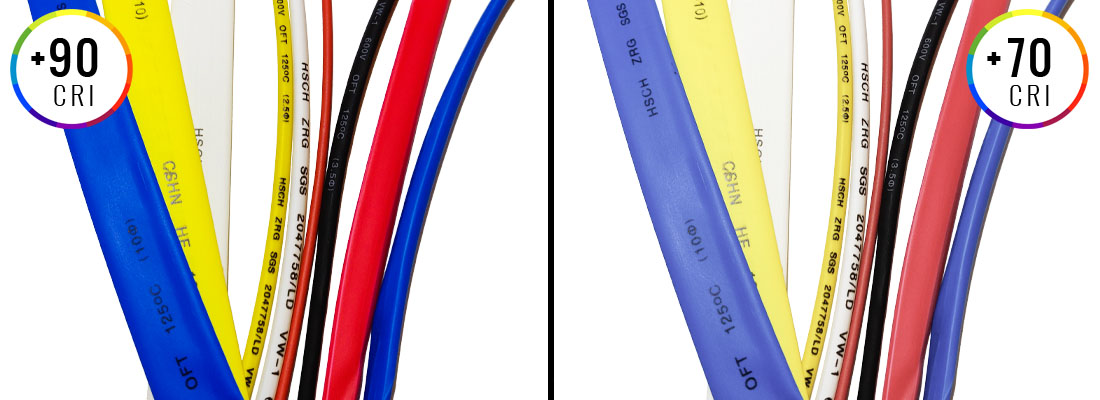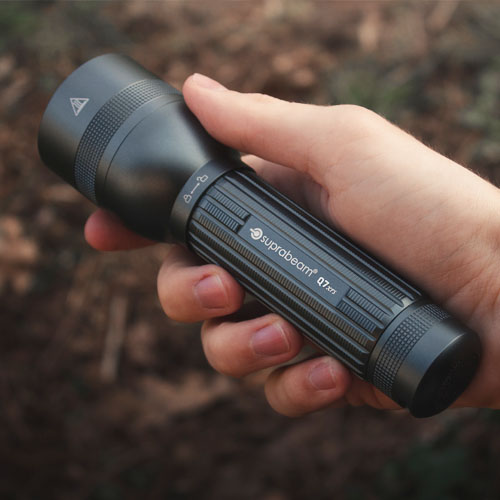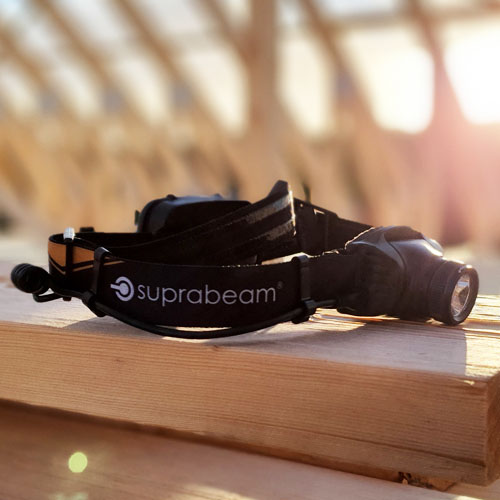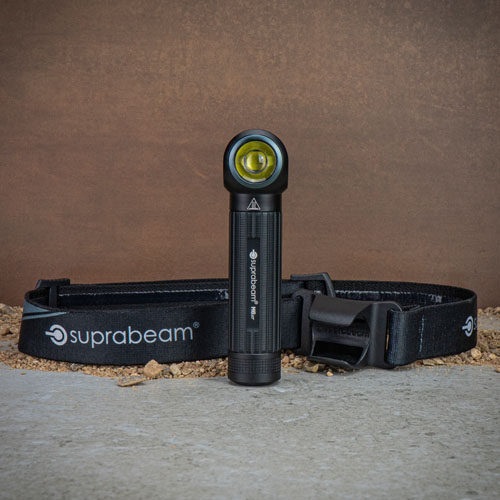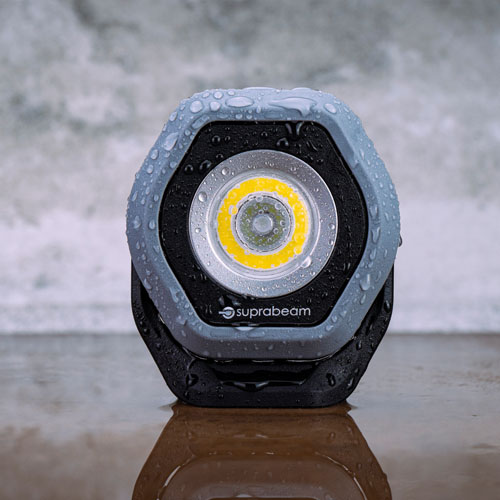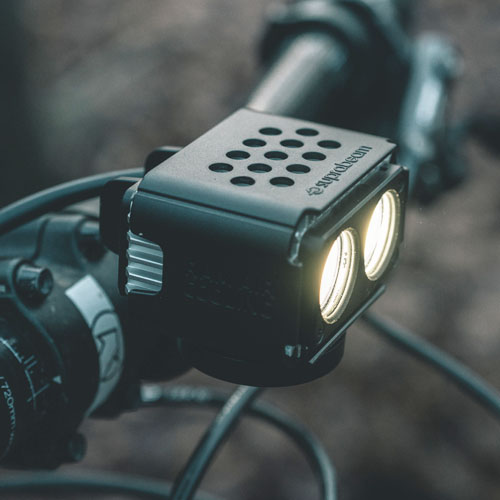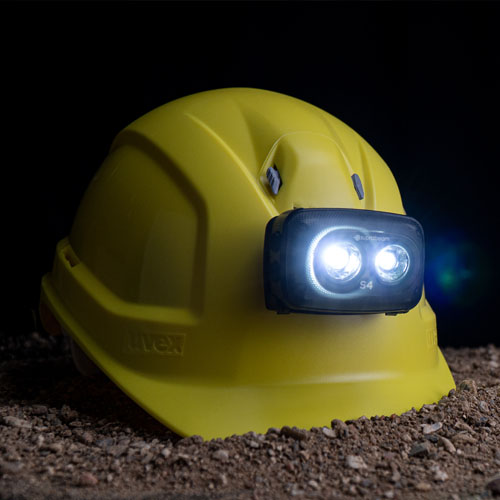What is Kelvin?
Kelvin can be used for temperatures and for colours
The Kelvin scale is a unit of temperature, mostly used in the world of science. The scale was invented by Lord Kelvin who saw the need for a scale where absolute zero was the null point, which means that 0 K is the lowest possible temperature = -273,15 °C. The Kelvin Scale uses Celsius for its unit increment, meaning that +1 K is the same as +1 °C.
Kelvin is the standard temperature measurement unit in the International System of Units (SI).

Kelvin and colour temperature?
How do Kelvin describe colours
In the world of flashlights and headlamps we mostly see Kelvin as the unit used to describe the colour temperature of a light source. But how can a temperature scale be used to describe if light appears blue, white, or yellow?
The explanation for this might seem a bit scientifically complicated, but we will try to explain it as simple as possible.
In the world of physics, the object “blackbody” is an ideal theoretical object that absorbs all radiant energy, including light. Therefore, a blackbody will appear completely black, at least at room temperature. In theory, when heating up a blackbody it will start emitting a light visible to the human eye. When the temperature rises, the colour of the light emitted from the blackbody changes from red and yellow to white and blue.
Therefore, the colour temperature of a certain colour is defined by how much heat, in Kelvin, it takes for the blackbody to reach that certain colour.
Flashlights and headlamps usually range from 4000K which is a warm yellow light, to 8000K which is a cool blue light. At Suprabeam we use LED chips with 7000 Kelvin, which gives an extremely clear and crisp white light. There is one exception to this, the Q1 True Color, which is fitted with an LED chip with 5000K a warmer color temperature closer to daylight, which helps the penlight reproduce colors more accurately.
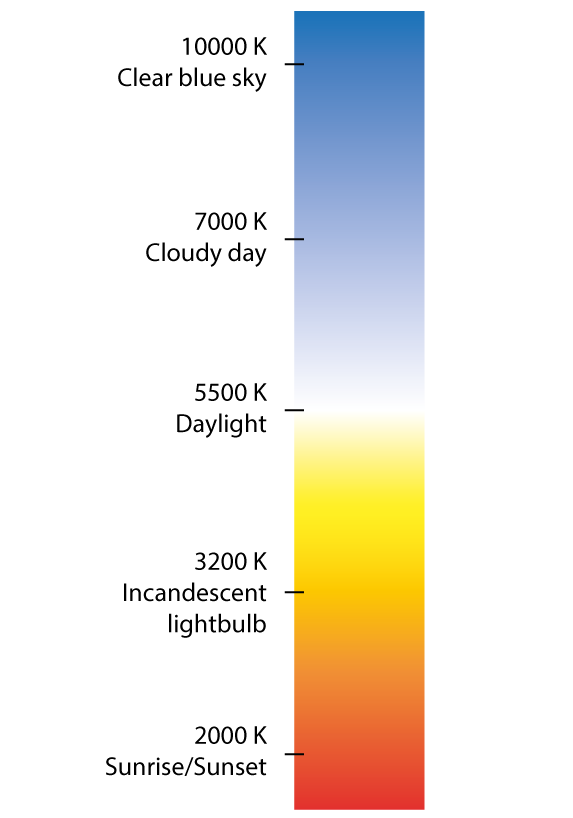
Below is an of difference in color temperature between the Q1 (7000K) and Q1 True Color (5000K).
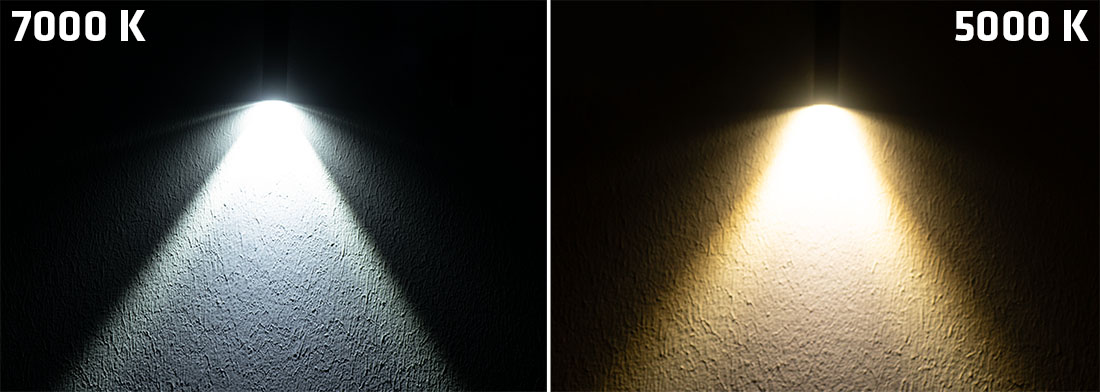
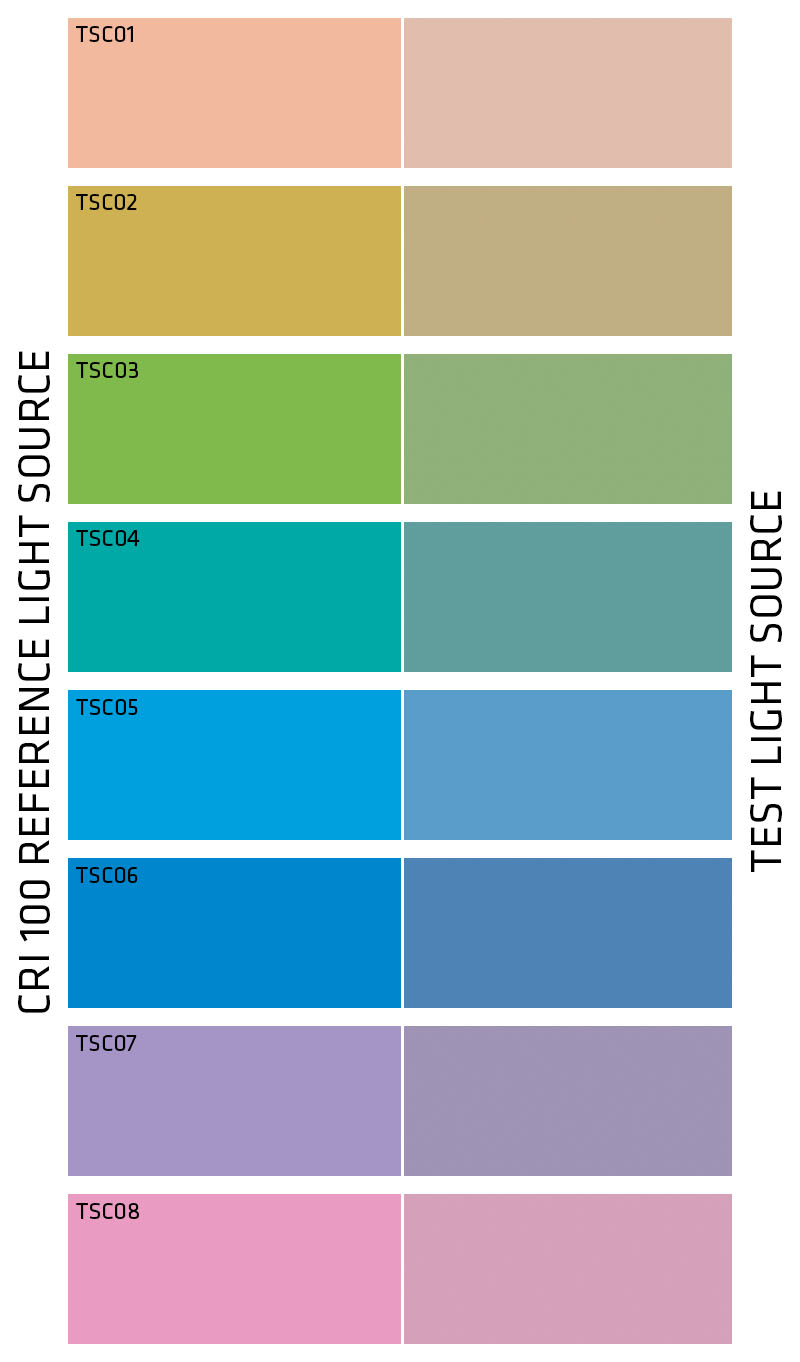
What is CRI?
Colour Rendering Index
The colour rendering index (CRI) on the other hand, does not say anything about the colour of the light itself, but how accurately it reveals the colours of the objects it shines upon.
The highest value on the CRI scale is 100, which is only given to light sources identical to standardized daylight. Daylight contains a smooth and full colour spectrum, meaning that colours will be revealed truthfully. Other light sources might not have as smooth a colour spectrum, perhaps there can be a blue or red peak which will affect the way colours will be perceived. In extreme examples a light source can completely lack a certain colour, making objects in that colour appear blackish.
When determining the CRI value of a light source a set of 8 specific colour samples are lit up by both the test light and a 100 CRI reference light. The difference between how the colour samples appear is used to calculate the final CRI score of the light source.
High CRI light sources can be important in many types of jobs. When the electrician or the auto mechanic is inspecting a huge bundle of differently coloured wires, it can be vital to be able to see the difference between the red and the orange wire clearly. The Suprabeam Q1 True Color (+90 CRI) is made for these tasks, where you need to be able to quickly inspect something and see the colours correctly.
CRI Comparison
+90 CRI vs. 70 CRI
